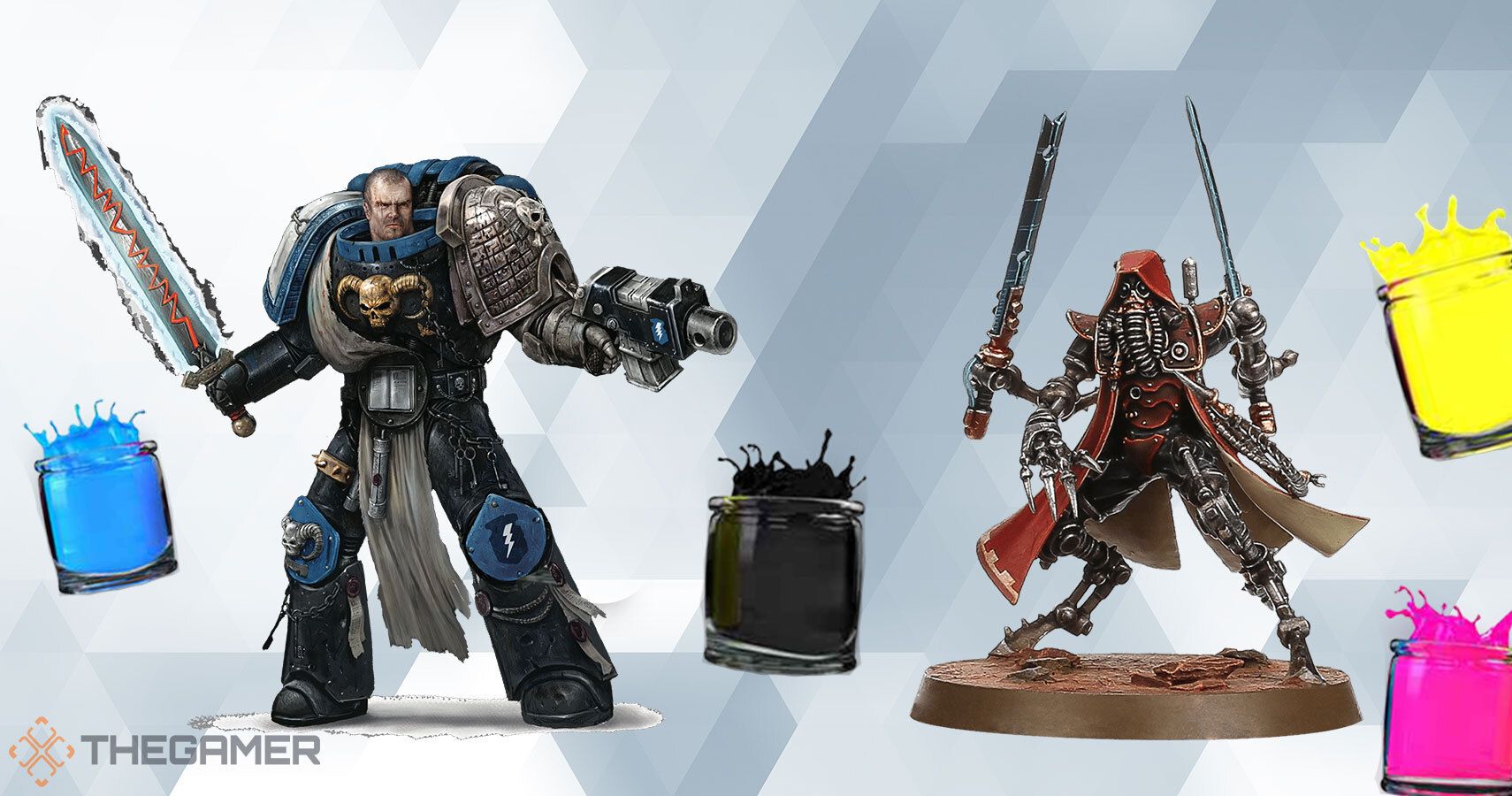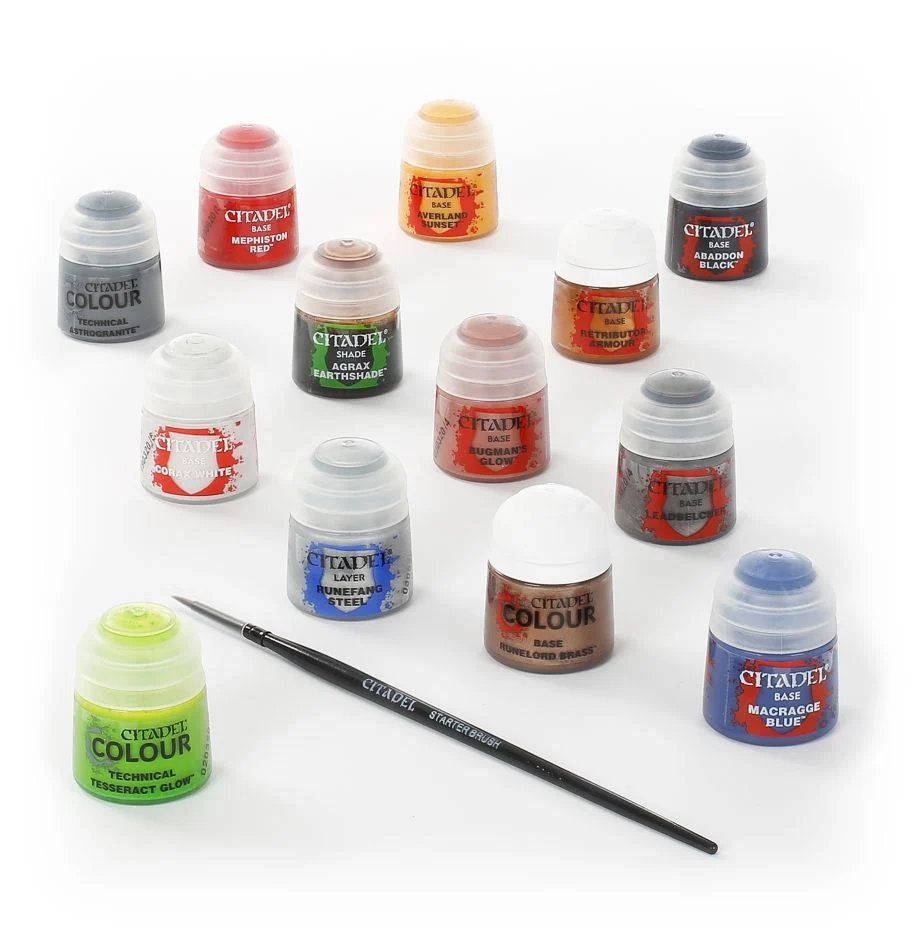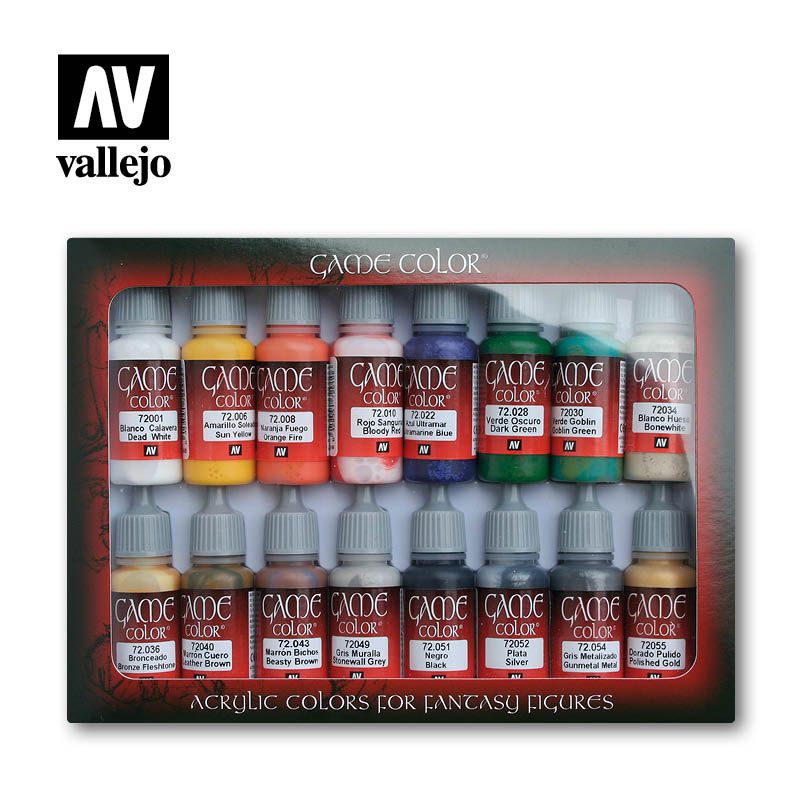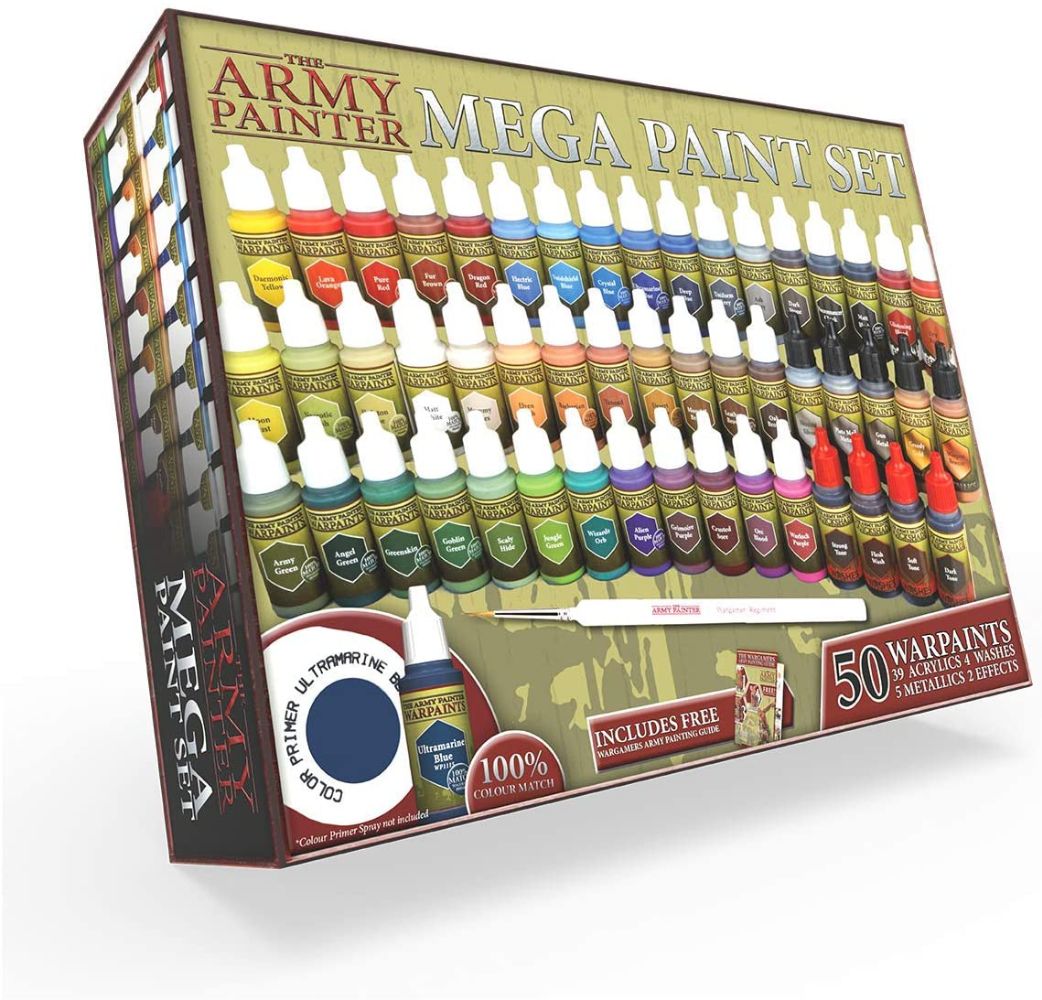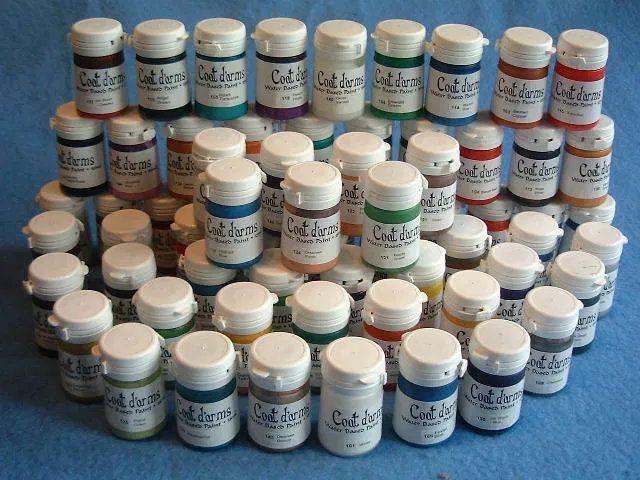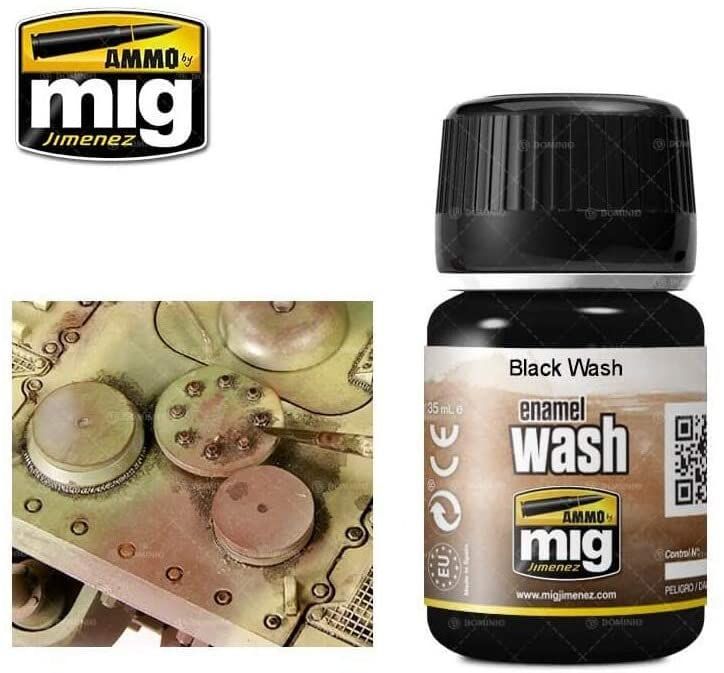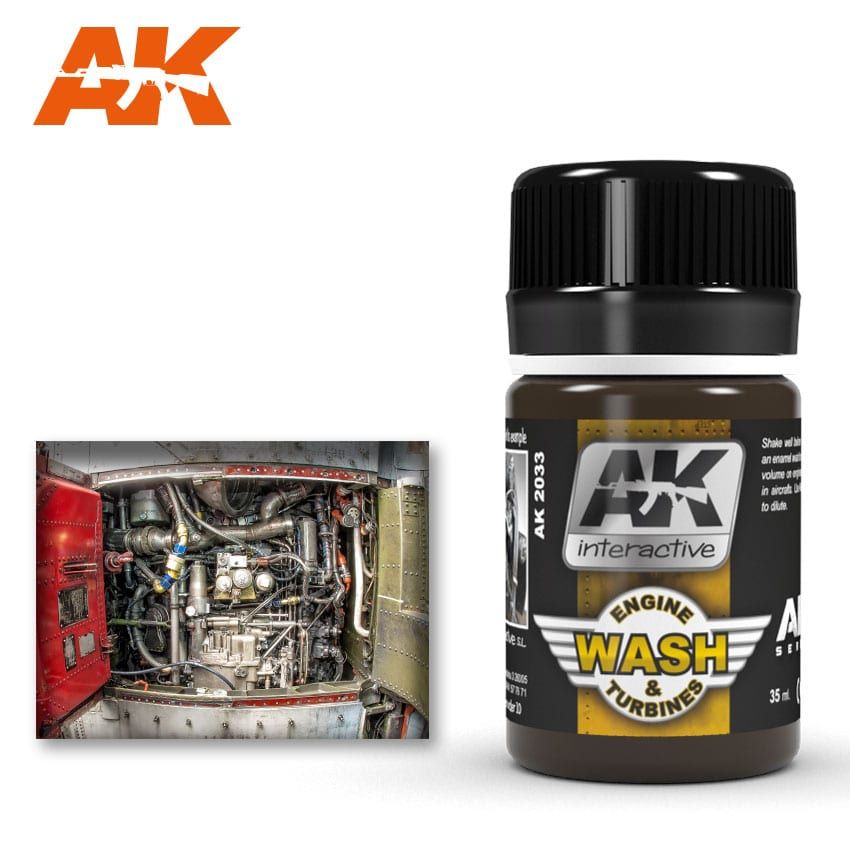When it comes to model and miniature painting, the modern tabletop gamer is spoiled for choice! Join us as we take a look at choosing the right paint for painting wargaming or Dungeons & Dragons miniatures.
Acrylic
Citadel Paints
Water-based acrylic paint is the obvious choice for mini painting. For starters, it is the de facto standard when walking into a Games Workshop or Warhammer store. Their citadel branded paint is also found in independent game stores the world over and features in all of their official publications such as White Dwarf as well as their online painting guides.
There is good reason GW chose water-based acrylic paints. They are easy to work with and require no expensive or smelly solvents. Paint can be thinned down with tap water although some painters prefer to work with deionized or distilled water with the impurities removed. It is also easy to clean up after a painting session, again using water to remove paint from brushes.
Citadel paints have undergone several changes over the years, with GW refining the formula and color choice to the extensive range we have today. It is for this reason we recommend most new players to the Warhammer hobby stick with GW, at least in the beginning as it is easy to pick up the paint of the right color and follow the guides with minimal mess.
Vallejo Paints
Citadel is not the only paint manufacturer with a range aimed at mini painters and hobbyists. Vallejo is a Spanish company with a huge range of paints that caters to the traditional kit building hobbyist and to wargamers. The paints are water-based acrylics so, therefore, share many of the same characteristics.
The Model Color range of paints contains color-matched paints for using on historical vehicles such as tank and are ideal for historical wargamers. The only thing of note is that the paint is not as hardy as wargaming paint as it was designed for show models, but this can be easily solved with a coat of clear coat or varnish to seal in protection.
The Game Color range was launched as a direct alternative to GW's Citadel Paints and features a formula more suited to regular handling, but you should consider a coat of varnish regardless. The colors are brighter and fit the fantasy and sci-fi color schemes in many games and can be used instead of other branded paint. While they are not color-matched to the citadel range, they do have similar tones and with careful mixing, a good replacement can be made.
Vallejo paints are a great alternative to Citadel Paints and, for the cost-conscious gamer, they come in dropper bottles that aid in dispensing and avoids the costly mess of spilled pots. Vallejo paints can be found in hobby and game stores but, due to the sheer volume of paints, most places stock only one of the ranges, usually model color.
Army Painter
Army Painter paints are another brand of water-based acrylics that have been designed with wargaming miniatures in mind. Some users have struggled to get them to work properly but this can often be solved with a very thorough shaking. Be prepared for your arms to drops off! They have a wide range of paints and ass you can guess, have many shades and tones that are similar to the other wargaming ranges.
One of the great products Army Painter offer is the base color spray cans that can be used to prime and base coat miniatures, especially useful when painting large numbers of minis in one go. Army Painter paints are becoming easier to find as many independent game stores are stocking these alongside their other brands.
Other Brands
There are far too many ranges to list, but if the paint is waterbased you should have no problem working it into your workflow. A couple of notables; old-school painters looking for a match to the original Citadel Paints will find Coat D’Arms a perfect match, right down to the pots they come in! Privateer Press also have their Formula P3 range of paints that are highly respected by master painters. Scale 75 has been a bit of a dark horse, but their latest offerings are quickly finding a home in may a painters palette.
Don't Use These Paints
Enamel Paints
Enamel paints have been the standard paints for kit builders for generations, only recently being surpassed by the easier to work with acrylics. Enamel paints should be avoided. The consistency is not ideal to work with and you will require enamel thinners and cleaners to work with properly while keeping a clean workspace. The two more popular enamel ranges are Humbrol and Revell, and their ranges are color-matched to the historical and real-world kits they produce. It is highly recommended that if you are working with historical models, switch over to the Vallejo Model Color range discussed above.
The only exception to not using enamel paints is when it comes to washes. An enamel wash when used correctly is ideal for flowing into the fine pin lines we see on many kits and miniatures. You can also coat a model with an enamel wash and use mineral spirits to wipe away the excess without harming the acrylic paint below. This can give you some interesting effects.
Oil Paints
As a rule, oil paints should be avoided. The consistency and pigment size do not lend themselves to painting minis but again there are always exceptions. Oil washes and inks can be used to achieve effects that would be impossible to do otherwise. These are probably best left to the more advanced painter than someone just getting started. You will also need a special brush cleaner and thinners.
Conclusion
There is no hard and fast rule when it comes to mini painting. Beginning painters of Warhammer Age of Sigmar and Warhammer 40,000 are probably best served by GW's citadel range, otherwise, our advice is to mix and match brands. Each range will use different acrylic mediums and pigments to achieve their colors, shades, and tones, and with it bring advantages and disadvantages. Some ranges will excel in a particular color or have poor coverage when compared to other makes. Experiment and try as many paints as possible and find what works for you. Consider using enamel and oil washes as part of your toolkit but look after your brushes with the correct cleaning media and brush soap.

